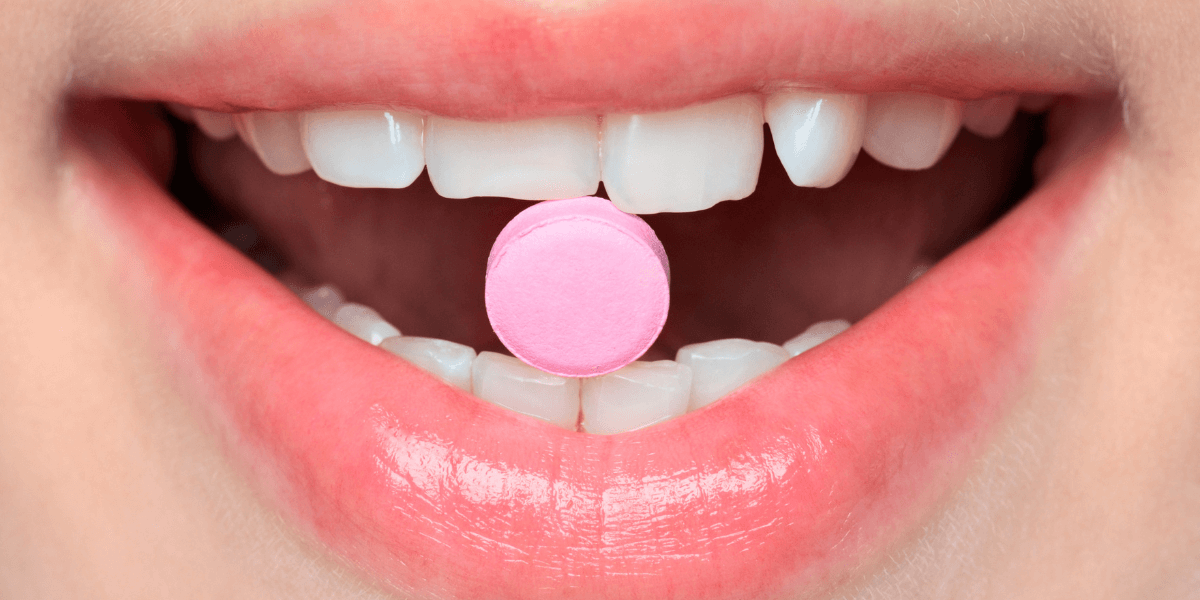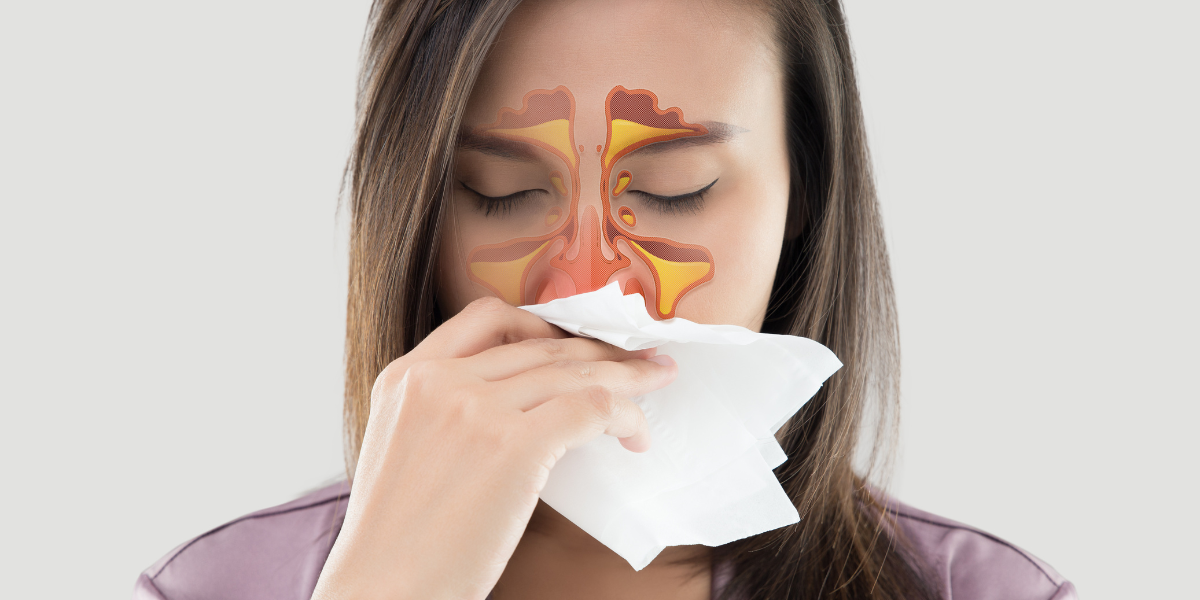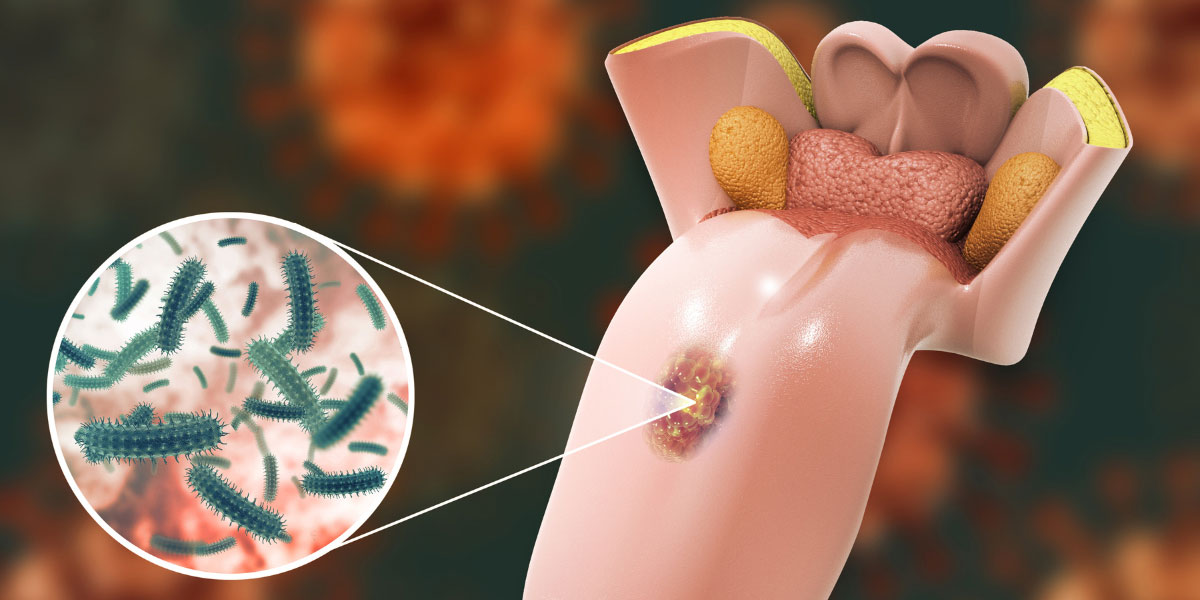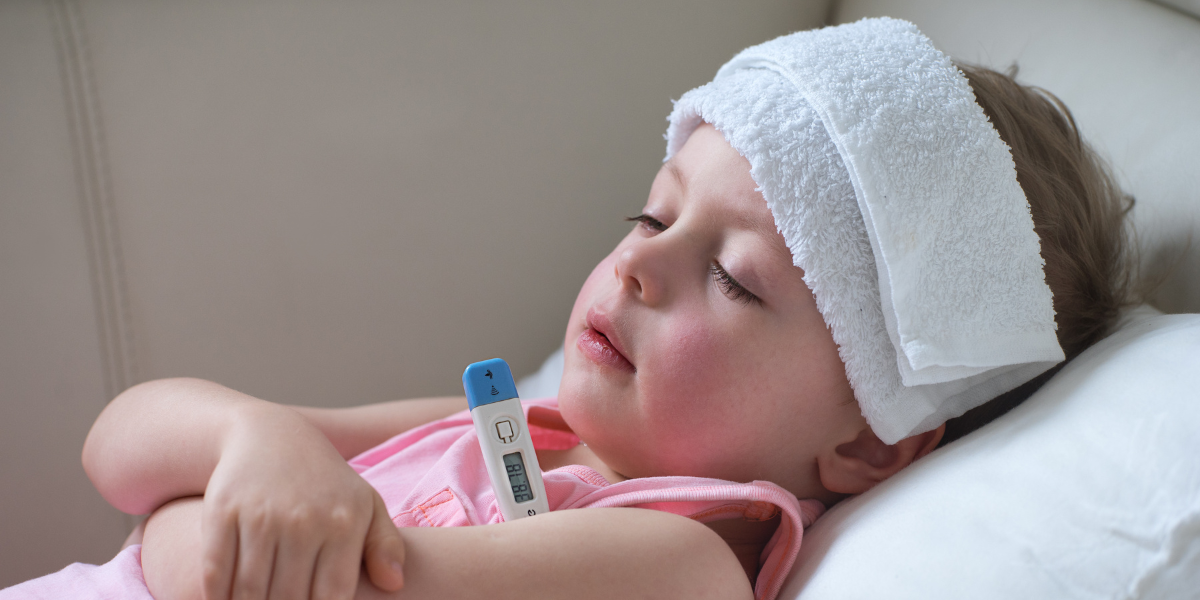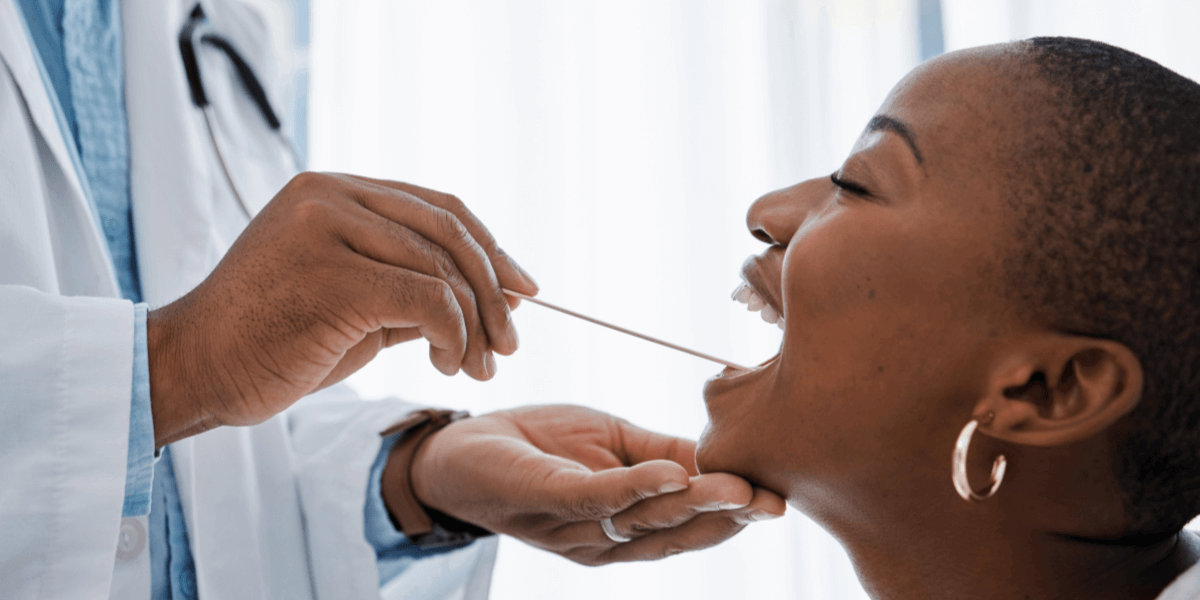
Regular oral cancer screenings conducted by dental hygienists during routine dental visits are vital for early detection. Oral cancer, though comprising a relatively small percentage of cancers, has a significant global impact, with over 177,000 deaths in 2020. Screenings, encompassing both extra-oral and intra-oral exams, are quick and comfortable. If you’re unsure if you will receive a screening, it’s crucial to ask for one, as early detection can make a life-saving difference. Don’t hesitate—ensure your dental health includes this essential preventive measure.
Cancer. It’s one of the scariest words anyone can hear at a healthcare visit. You may not know that it’s something your dental hygienist should be checking for at every visit. Keep reading for practical advice and information about why this important piece of your dental health care should never be overlooked.
How common is oral cancer?
Oral Cancer is the 13th most common type of cancer worldwide, according to the World Health Organization [3]. It makes up just over two percent of all cancers [2]. While this may seem like a relatively small percentage, oral cancer has a serious impact on those who have it. In 2020, 177,757 people died worldwide of oral cancer [3]. Certain risk factors increase the chances of developing oral cancer. People who smoke are at a much higher risk than those who do not [1]. Alcohol consumption also increases the risk, and those who drink heavily are at a higher risk than casual drinkers [1]. Tobacco and alcohol consumed together provide a synergistic effect, meaning that those who smoke and drink are at an exponentially higher risk of developing oral cancer [1]. Other types of tobacco, including chewing tobacco, snuff, and pipes also increase the risk [1]. HPV is also a big contributing factor, as is excess sun exposure . [1]
What happens during an oral cancer screening?
During an oral cancer screening, your dental hygienist will begin with an extra-oral exam. They will palpate your face, head, and neck with their gloved hands. They may ask you to turn your head to the side or tip your chin up and down. They will feel underneath your chin, behind your ears, and at the base of your skull. They will also have you open and close your mouth as they feel your jaw joint. They will feel your trachea and thyroid, and check for any abnormal lymph nodes. Next, the hygienist will begin the intra-oral portion of the exam. They will palpate your lips, cheeks, palate, and the floor of your mouth. They will stretch your cheeks slightly to get a good field of vision. They will have you stick your tongue out so they can check the sides of it, because this is one of the most common areas for oral cancer to occur. Oral cancer screenings are comfortable to receive and take only a few minutes.
Should I ask for an oral cancer screening?
Many dental hygienists already incorporate oral cancer screenings into preventive dental care appointments. However, if you aren’t sure if you are receiving this screening, ask them! Registered dental hygienists receive in-depth training during their formal education about how to screen for and detect abnormal findings that can indicate cancer and other serious conditions. If your hygienist is not performing screenings at every visit, you should absolutely ask them to. It could mean the difference between life and death. You can also ask your hygienist to show you some techniques you can use at home to perform self-screenings. While self-screenings are valuable, it’s important to keep in mind that they are not a substitute for professional screenings.
What happens if my hygienist finds something?
The first thing your dental hygienist will do if they find something suspicious during your screening is notify the dentist. The dentist will evaluate the area and determine if the finding is truly abnormal. Then, they will decide if a biopsy needs to be performed, or if a referral to a specialist is necessary. If they refer you to see a specialist, such as an oral surgeon, it is critical that you follow through and see them. While it may seem scary to seek more information, when oral cancer is caught early, it has much better outcomes.
- American Cancer Society. (2021, March 23). Risk factors for oral cavity and oropharyngeal cancers. https://www.cancer.org/cancer/types/oral-cavity-and-oropharyngeal-cancer/causes-risks-prevention/risk-factors.html
- World Cancer Research Foundation. (2022, March 23). Worldwide cancer data. https://www.wcrf.org/cancer-trends/worldwide-cancer-data/
- World Health Organization. (2023, March 14). Oral health. https://www.who.int/news-room/fact-sheets/detail/oral-health#:~:text=Globally%2C%20an%20estimated%202%20billion,from%20caries%20of%20primary%20teeth.


